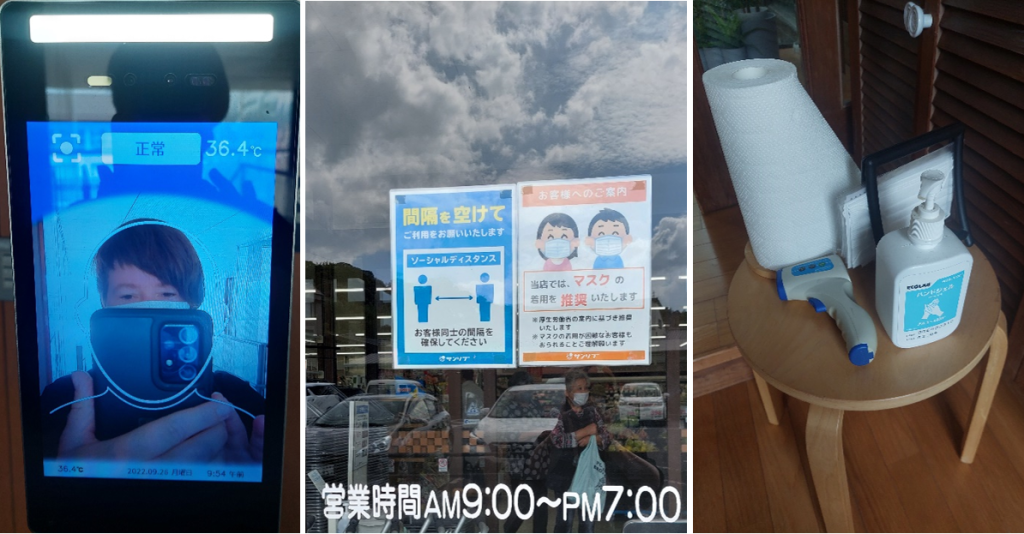Time: February 2, 2023 – February 3, 2023
Location: JDZB, Saargemünder Str. 2, 14195 Berlin
Registration and program: Urban-Rural Migration in Japan and Europe: Transnational and Comparative Perspectives | Japanisch-Deutsches Zentrum Berlin (jdzb.de)
Rural areas are struggling with economic and demographic problems in many places of the world and are often confronted with the migration of rural populations to urban centers. This is especially true for communities in rural Japan, which have been affected by declining birth rates, aging, and out-migration for decades. In the past decade, however, there has been a sharp increase in both the number of people interested in moving from urban to rural areas in Japan and those who actually relocate. Urban-rural migration of older people yearning for a more relaxed retirement or younger people seeking a more sustainable lifestyle is currently evident in many post-industrial societies. A distinctive feature of Japan is the numerous programs and subsidies initiated by various actors to encourage people to move or return to rural Japan and thereby revitalize local economies and agriculture. Although research on rural areas in Japan assumes that the immigration of educated and creative people has a positive impact on the revitalization of rural communities, there has been little empirical evidence to support this assumption.
This is the starting point of this symposium, which aims to compare empirical results from the DFG project “Urban-rural migration and rural revitalization in Japan” with urban-rural migration outside Japan, while at the same time discussing the role of transnational mobility for domestic urban-rural migration in Japan. From an interdisciplinary perspective and with the involvement of practitioners, the symposium aims to analyze connections between urban-rural migration, (local) revitalization practices and global social, political and economic structures.
Program:
Thursday, February 2 15:00 – Registration 15:30 – 16:00 Opening 15:30 – 15:45 Tokiko Kiyota (Japanese-German Center Berlin) 15:45 – 16:00 Cornelia Reiher (Freie Universität Berlin) 16:00 – 17:00 Keynote Speeches 16:00 – 16:30 Post-Pandemic Developments in Lifestyle Migration: from Back- to-the-Land to Urbanrural? Susanne Klien (Hokkaido University) 16:30 – 17:00 Where are we at with Counterurbanisation in these Post-Covid Times: Rural Renaissance or Recuperation? Keith Halfacree (Swansea University) 17:00 – 17:30 Coffee Break 17:30 – 19:00 Roundtable Discussion: Urban-Rural Migration and Rural Revitalization from a Global Perspective: Challenges for Japan and Europe Chair: Cornelia Reiher (Freie Universität Berlin) Susanne Klien (Hokkaido University) Keith Halfacree (Swansea University) Taichi Goto (Region Works LLC Fukuoka) Annett Steinführer (Thünen Institute of Rural Studies) 19:00 – Reception Friday, February 3 09:00 – Registration 09:30 – 11:00 Session 1: Urban-Rural Migrants’ Experiences and their Contributions to Rural Areas Chair: Cecilia Luzi (Freie Universität Berlin) 09:30 – 09:50 The Best of Both Worlds? Experiences of Urban Migrants in Rural Aso Wolfram Manzenreiter and Antonia Miserka (University of Vienna) 09:50 – 10:10 Mobile Biographies of Urban-Rural Migrants in Rural East Germany: the Case of Nordsachsen District Tim Leibert (Leibniz Institute for Regional Geography) 10:10 – 10:30 Lifestyle Migration and Social Distinction in Rural Peripheries: Lessons from a Study on Alternative Foodscapes in Czechia’s Borderlands Anja Decker (Czech Academy of Science) 10:30 – 11:00 Discussion 11:00 – 11:30 Coffee Break 11:30 – 12:30 Session 2: Project Introduction: Urban-rural Migration and Rural Revitalization in Japan Chair: Lin-Yu Ng (Freie Universität Berlin) 11:30 – 11:45 Urban-Rural Migration and Rural Revitalization in Kyushu: Online, Offline and in Between Cornelia Reiher (Freie Universität Berlin) 11:45 – 12:00 Welcoming Foreign Talent: How a Small Municipality Seeks to Revitalize itself Tu Thanh Ngo (Freie Universität Berlin) 12:00 – 12:15 Finding Home in Rural Japan: Urban-Rural Migrants in Kyushu Cecilia Luzi (Freie Universität Berlin) 12:15 – 12:30 Discussion 12:30 – 14:00 Lunch 14:00 – 15:30 Session 3: Urban-Rural Migration and the State: Policies and Politics Chair: Tu Thanh Ngo (Freie Universität Berlin) 14:00 – 14:20 The Politics of Attracting Residents to Depopulating Municipalities in Japan Ken Hijino (Kyoto University) 14:20 – 14:40 Hamm (Sieg): Into the Future with Creative Solutions Dietmar Henrich (Mayor of Hamm) 14:40 – 15:00 Locals and Newcomers in Remote Rural Areas: Twenty Years of Experimental Research Angel Paniagua Mazorra (Spanish Council for Scientific Research) 15:00 – 15:30 Discussion 15:30 – 16:00 Coffee Break 16:00 – 17:30 Session 4: The Future of Rural Areas and Urban-Rural Migration Chair: Maritchu Durand (Freie Universität Berlin) 16:00 – 16:20 A Framework for a New Creative Tourism-Based Community Development in Japan Tadashi Saito (Yamaguchi Prefectural University) 16:20 – 16:40 Urban-Rural Migration and Rural Futures in Germany Annett Steinführer (Thünen Institute of Rural Studies) 16:40 – 17:00 Opportunities and Challenges in Swedish Rural Areas Susanne Stenbacka (Uppsala University) 17:00 – 17:30 Discussion 17:30 – 18:15 Final Discussion Chair: Cornelia Reiher (Freie Universität Berlin) 18:15 End of symposium


























